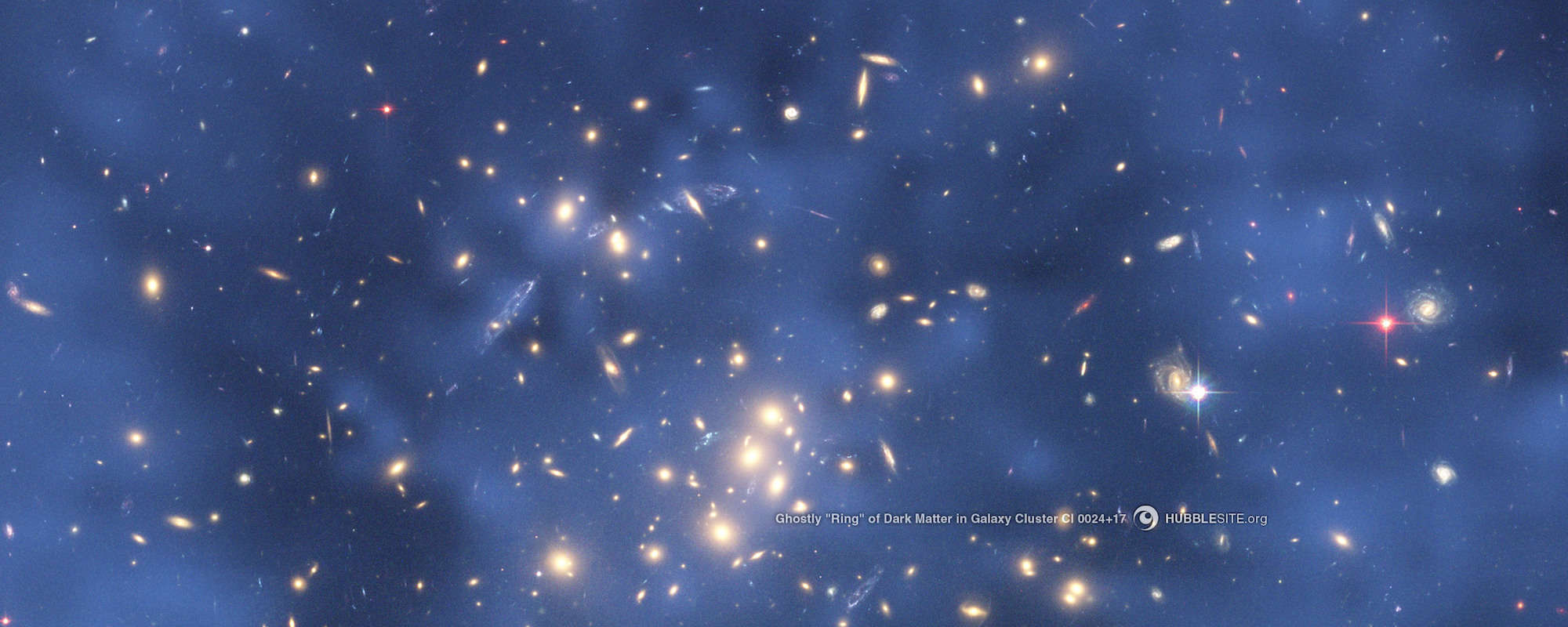When it comes to dark matter, scientists are much more certain of what it isn’t than what it actually is. But physicists do believe that it exists and that the universe consists of roughly 27% dark matter (the rest being dark energy at 68%, and normal matter—the stuff we know like planets and stars—make up just 5% of the known universe). But why does dark matter, well, matter? Because its existence helps explain how our galaxies can spin as fast at they do without tearing themselves apart.
The idea that dark matter exists in our universe isn’t exactly a modern notion. In 1933, a Swiss astronomer by the name of Fritz Zwicky made a discovery that first introduced dark matter, or what he called “dunkle Materi,” into the lexicon. While studying a galaxy cluster, he calculated that the gravitational mass of the galaxy must be far greater than what he was actually observing, because otherwise, the cluster would be ripping itself apart. He concluded that something must be holding these celestial bodies together, something that we cannot observe. This something is what is now commonly referred to as dark matter. Though Zwicky’s initial calculations have since been adjusted, his conclusions remain sound.










 Featured Videos
Featured Videos








